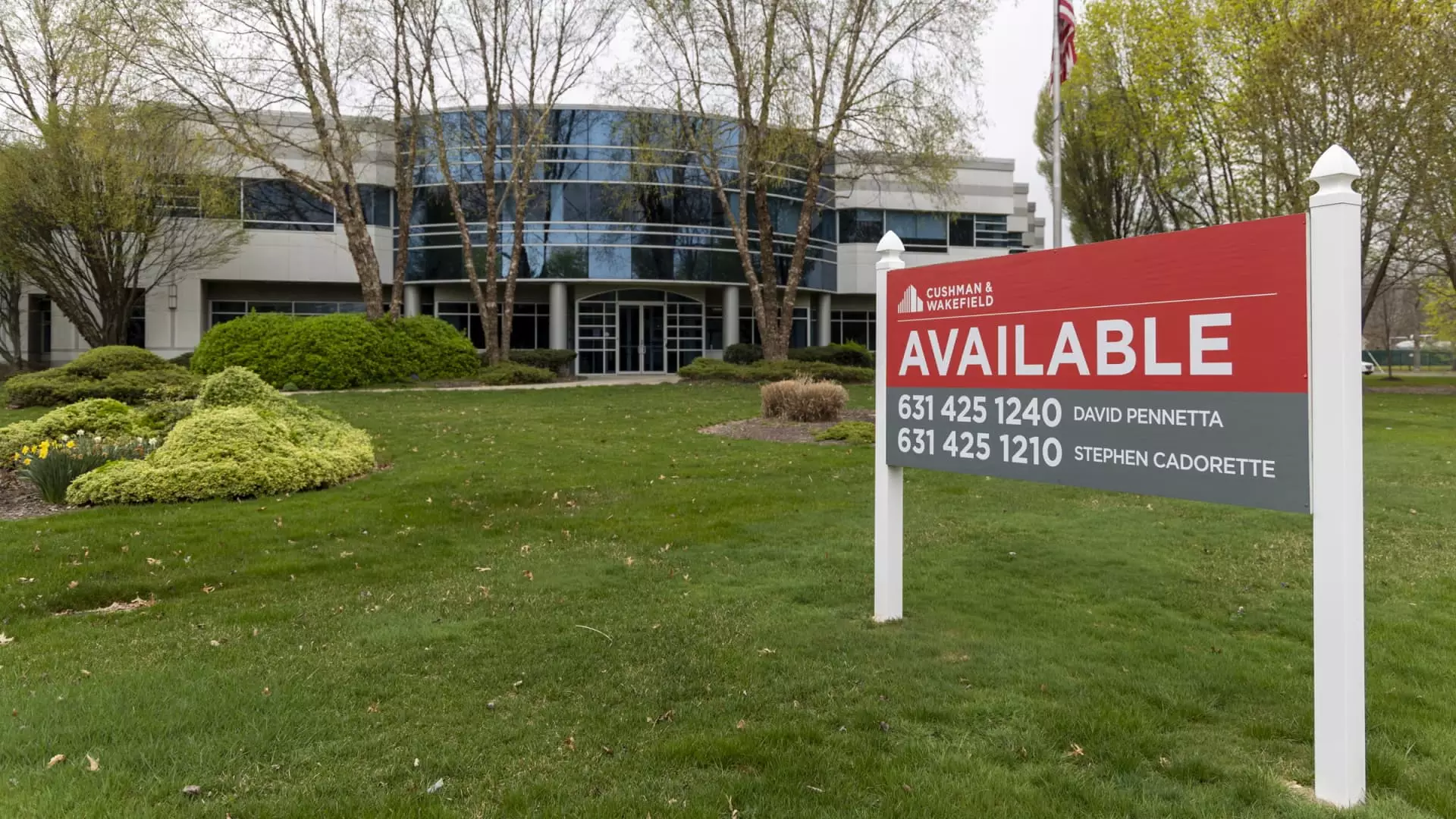The commercial real estate (CRE) sector is on the brink of transformation as recent shifts in monetary policy by the Federal Reserve signal potential recovery. With the Federal Reserve announcing its first interest rate cut in over three years in September 2023, the ripple effects are poised to reignite activity within this previously stalled market. This article delves into the implications of lower interest rates, which open new avenues for growth, and examines various sectors within CRE, including the challenges and opportunities they face in a post-pandemic world.
The Federal Reserve’s decision to reduce the Fed funds rate by 50 basis points marks a significant turning point for interest-sensitive sectors like commercial real estate. Cheaper borrowing costs have the potential to rejuvenate deal-making activity that has been muted due to elevated lending rates and cautious investor sentiment. As lenders become more willing to finance transactions, the expectation is that an uptick in activity will follow, bringing life back to a market that has suffered post-COVID-19.
Nonetheless, it is crucial to recognize that lower interest rates are not a cure-all. While they foster favorable conditions for investment, the overall recovery may be tempered by lingering fears, psychological barriers, and structural issues that persist in various sub-sectors. The energy around borrowing could mitigate risks associated with high valuations among sellers, bridging the gap between buy-side and sell-side stakeholders.
Recent data paints a mixed picture of the current CRE landscape. Although there has been a revival—the first quarterly increase in transaction volumes since 2022, driven primarily by multifamily real estate—year-over-year comparisons still reveal a decline. Over $40 billion in transactions occurred in the second quarter of 2024, suggesting a degree of renewed investor interest. However, this surge can only be viewed in the context of a long-term downturn that has characterized the industry since interest rates began their upward trend in 2022.
Market sentiment is shifting, as evidenced by increased refinancing and sales activity among real estate professionals. Industry leaders hint at a growing sense of stability that is starting to fragment investor hesitancy. As market participants reassess risk, the expectation is that this could usher in a more vibrant CRE market, especially within sectors that have largely weathered the storm—such as multifamily properties.
Despite optimistic projections in some areas, the office sector remains a paradox. Although there were signs of recovery—with a recorded positive net absorption rate for the first time since late 2021—office vacancy rates continue to rise, marking a tenth consecutive quarter of increased availability. Factors like remote work policies and the resultant shift in employee needs and preferences mean that the demand for traditional office spaces is evolving.
In major urban centers, office building occupancy remains below optimal levels, and analysts caution that hybrid work models and limited job growth will continue to suppress demand. With prices in central business districts drastically below pre-pandemic levels, stakeholders in the office sector must confront deeper, structural challenges that complicate revitalization efforts.
In sharp contrast to the office sector, multifamily real estate is thriving, displaying robust demand dynamics. Data suggests that net absorption rates in the multifamily sector have soared during the second quarter, representing the highest levels in nearly three years. Factors such as scarcity of affordable single-family homes are driving renters towards apartment living, further supported by a stabilized average rental increase of 1.1%.
The outlook for multifamily housing appears strong, as it capitalizes on garnered interest from cost-conscious renters. The gap between high homeownership costs—exemplified by the skyrocketing average mortgage payment—and comparatively lower monthly rents accentuates the multifamily sector’s appeal. The ongoing rise in housing construction is also met with favorable market conditions, ensuring that rental demand will likely persist.
While the CRE market is gradually repositioning itself for recovery, not all sectors are flourishing equally. The Fed’s interest rate cuts have laid a foundation for potential revitalization, but the unevenness of the recovery landscape remains a critical consideration. As some sectors rally, others, such as office spaces, may face prolonged difficulty in regaining stability.
Market participants will need to remain agile, adapting their strategies to align with the evolving economic environment, and maximizing opportunities in burgeoning sectors like multifamily housing while addressing the challenges that persist in commercial office spaces. As we look ahead, the key to success will be an ongoing assessment of market conditions, coupled with a willingness to innovate and pivot in response to an ever-changing reality.


Leave a Reply